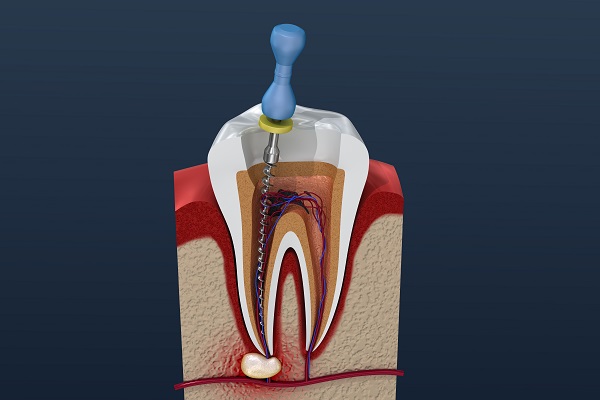
Let’s take a closer look at root canal therapy. This part of general dentistry may sound daunting. But, in truth, it’s a straightforward process – one that can bring you back to pure smiles. Just as a carpenter repairs a damaged house, a dentist mends a troubled tooth. The goal is simple: relief from pain and preservation of your natural smile.
What is Root Canal Therapy?
Root canal therapy, or endodontic treatment, is a procedure that treats the inside of a tooth. It’s necessary when the pulp inside the tooth becomes inflamed or infected. This can be due to deep decay, repeated dental procedures, faulty crowns, or a crack in the tooth. Even trauma can damage a tooth’s pulp even if there’s no visible crack.
Why is it Important?
When left untreated, the inflammation or infection can lead to pain or an abscess. Root canal therapy is designed to save your natural tooth. It’s a preferable option to having your tooth removed. Natural teeth allow you to eat a wider variety of foods which promotes better nutrition.
What Does the Procedure Involve?

Firstly, an X-ray is taken to see the shape of the root canals and check for infection. The dentist then uses local anesthesia to numb the area around the tooth. A rubber dam is placed around the tooth to keep it dry. Then, an opening is made and the damaged pulp is removed. After cleaning, the tooth is sealed. Sometimes this isn’t done on the same day. When needed, another appointment is made for the sealing of the tooth. Finally, a crown is often placed over the tooth to protect it and restore its function.
Recovery and Aftercare
Since root canal therapy is a surgical procedure, some discomfort is normal after the anesthesia wears off. But, this can be managed with over-the-counter painkillers. Aftercare involves regular brushing and flossing. Regular visits to the dentist ensure the treated tooth remains healthy.
Comparing Root Canal Therapy and Tooth Extraction
| Procedure | Pros | Cons |
| Root Canal Therapy | Preserves natural tooth, prevents jawbone degeneration, less recovery time | Possibility of re-infection, costlier than extraction |
| Extraction | Less costly, removes risk of infection | Longer recovery time, possible need for dental implants or bridges |
So, rather than fear root canal therapy, see it as a tooth-saving procedure. It’s aimed at restoring your natural smile. Remember, the goal of general dentistry is not just about pure smiles. It’s also about maintaining oral health for overall well-being.



